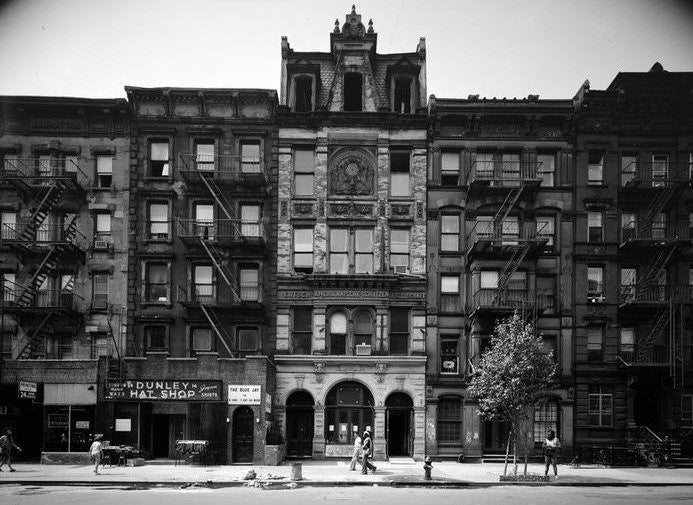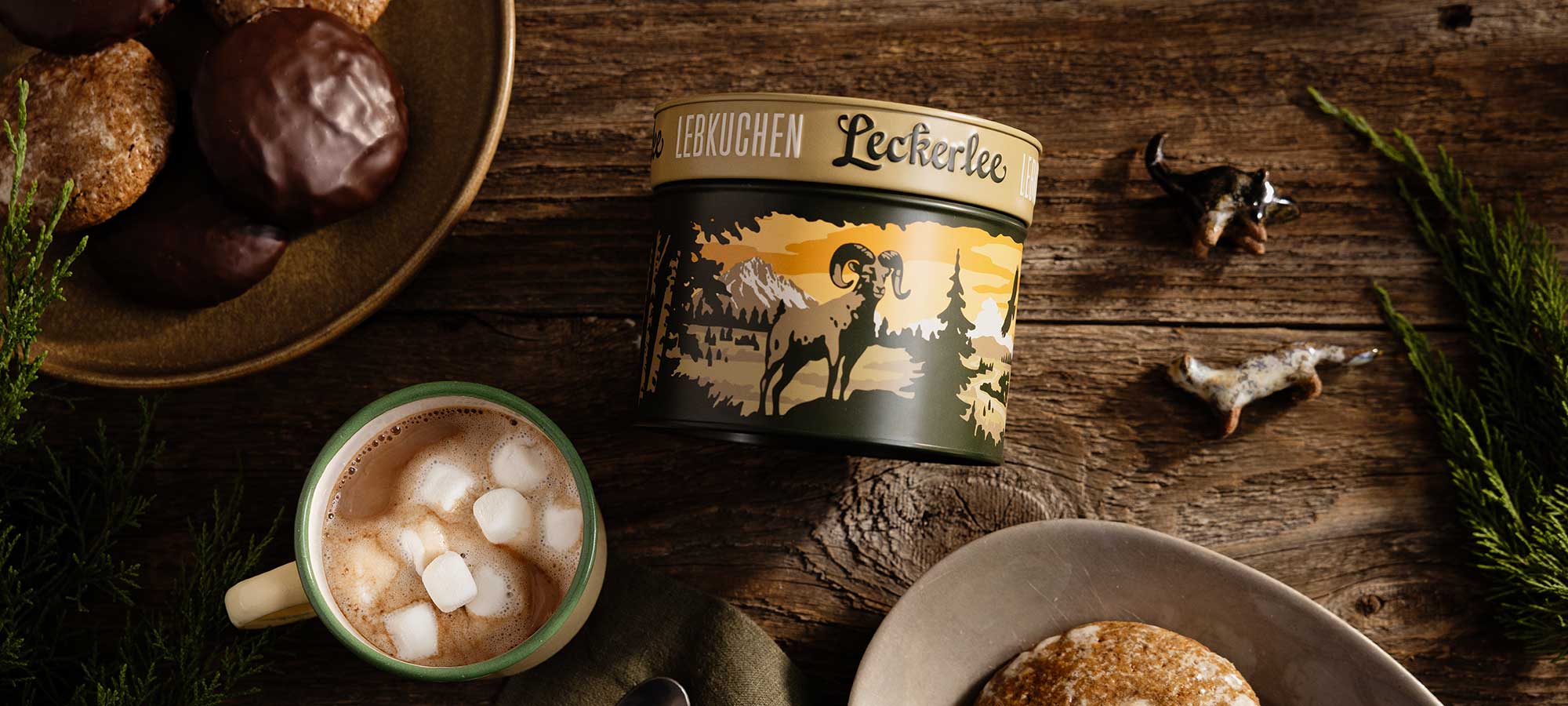There’s no shortage of food in New York City — from thin-crust pizza and stromboli to dumplings and sushi, nearly every culture is represented in the Big Apple. But did you know that in the mid-1800’s, New York City had a neighborhood called Germantown (or Kleindeutschland) that touted the third largest German population in the world outside of Berlin and Vienna?

A History Rooted in Food
Arriving in the United States in the 1840s, Germans quickly found their place in New York’s Kleindeutschland. Famous for their baking and other skillsets, Little Germany became the first non-English-speaking immigrant community in the nation to retain its language and customs.
By the 1860s, present-day East Village was covered with beer gardens, restaurants, and bakeries. A massive movement in 1904 following a tragic steamboat fire brought German Americans to Yorkville on the Upper East Side, where many German restaurants and bars still reside today.
Many underestimate the German influence on our cuisine — remember, we have them to thank for hamburgers, sausages and potato salad. Restaurants around New York, and the world, still pay homage to Germany’s delicious traditional dishes. Rather than travel to Berlin for an authentic German atmosphere, simply walk across the Williamsburg Bridge to visit the famous Peter Luger Steakhouse.
Of all restaurants lining New York’s streets today, however, Heidelberg is the only one that remains from the original Germantown.
Heidelberg Restaurant
One of the oldest family-run restaurants in the U.S., Heidelberg lives strong after getting its start over 100 years ago in Yorkville.
Heidelberg fans return to the restaurant for its authentic recipes and atmosphere. Coated in hardwood, old German paintings and stein glasses, the restaurant offers a hearty menu complete with German standards like sausages, schnitzel, potato pancakes and potato salad.
Nostalgic German food lovers also flock to Heidelberg for German sweets, especially after the closure of Elk Candy, which shuttered its doors in 1997. Known for its marzipan, Elk Candy was the last holdout of the Montgomery, a row of buildings constructed in 1883 at the original “German Broadway.” Elk Candy company also pioneered the lebkuchen pathway for us, offering their brand that many customers reminisce about even today!
Enter: Lebkuchen
Enough about sausages and schnitzel — it’s time to focus on Germany’s real passion for baking. While the Black Forest cake is near the top of all-time favorites, it doesn’t beat lebkuchen.
Also known as honey cakes, lebkuchen becomes especially popular around the holidays for its sweet ginger taste and its packaging. Packed in richly decorated tins and boxes, lebkuchen tins make the perfect gifts and collector items.
If you’re looking to satisfy your sweet tooth over the holidays, or any time of the year, look no further than Schaller & Weber. Since 1937, Schaller & Weber has offered a variety of German products, from meats to chocolates. Leckerlee's very own lebkuchen joins the shelves of originally crafted German foods.
Keep the History Alive
While there’s a lot of competition among New York City food, there’s much to be celebrated in German dishes. The historic storefronts that still line NYC’s streets today are proof of that.
Can’t make it to NYC? You can enjoy your very own lebkuchen at home — shop Leckerlee online to find the perfect holiday gift!






